What is the tolerance range of precision screws?
What is the tolerance range of precision screws?
Service Hotline
+86760-8787 8587We have more than ten years of production experience in the screw industry, the main products are: D6 hollow pins, cold heading stainless steel nuts, half-thread screws, spring washers with flat washers, nylon washers, CNC precision mechanical parts, nylon hexagon head bolts, cabinet case nuts , Blind hole BS waterproof nut column, bolt cylindrical pin, 8.8 grade black nut, nylon flat spacer column, plastic insulating stud, carbon steel connecting nut, S-type screw and other fasteners, due to the different materials and specifications of the product There are different prices, please contact us if necessary.


1. Other names: root nut, anti-loosening nut, nut. 2. Purpose: To lock the outer joint of the through wire or other pipe fittings. The working principle of the nut is to use the friction between the nut and the bolt for self-locking. However, the reliability of this self-locking is reduced under dynamic loads. In some important occasions, we will take some anti-loosening measures to ensure the reliability of the nut locking. The lock nut is one of the anti-loosening measures. The anti-loosening effect of the lock nut mainly depends on the interaction force between the nut and the thread of the bolt. There are many ways to improve the interaction force between meshing threads, such as structural improvement of nut threads, nylon roughening of nylon nuts, and surface treatment of threads.
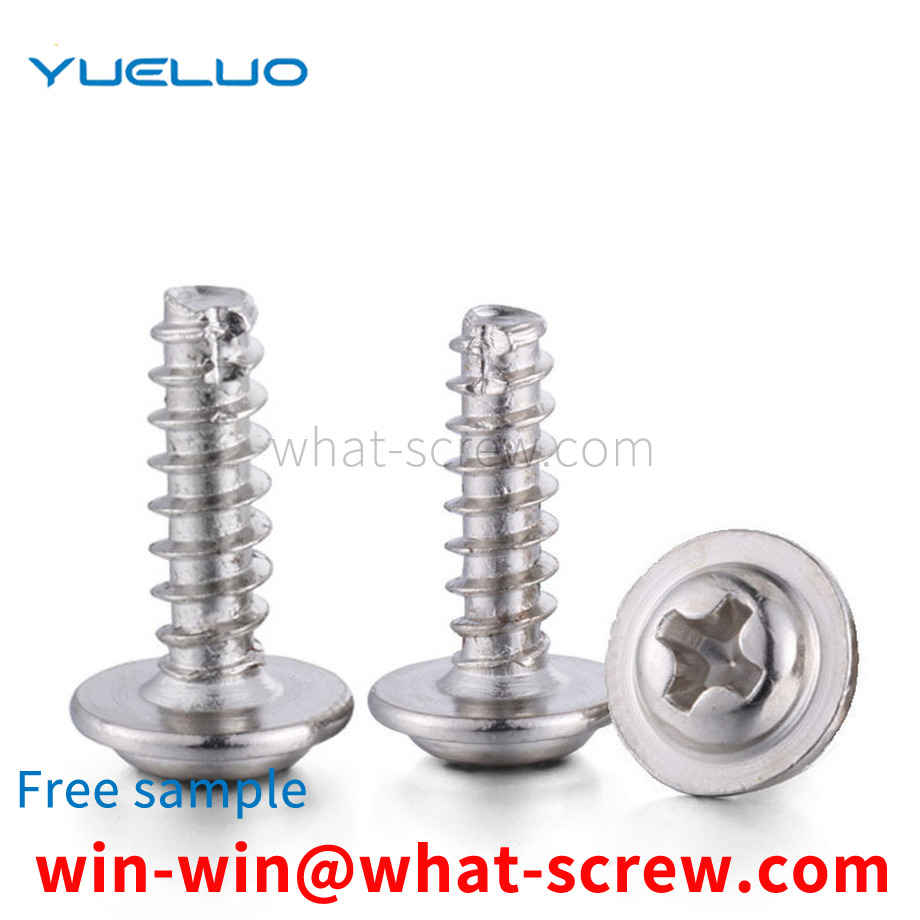
The first person to describe the spiral was the Greek scientist Archimedes (c. 287 BC - 212 BC). An Archimedes screw is a huge spiral contained in a wooden cylinder that is used to irrigate fields by raising water from one level to another. The real inventor may not be Archimedes himself. Maybe he was just describing something that already existed. It may have been designed by the skilled craftsmen of ancient Egypt for irrigation on both sides of the Nile. In the Middle Ages, carpenters used wooden or metal nails to attach furniture to wooden structures. In the 16th century, nail makers began producing nails with a helical thread, which were used to connect things more securely. That's a small step from these kinds of nails to screws. Around 1550 AD, the metal nuts and bolts that first appeared in Europe as fasteners were all made by hand on a simple wooden lathe. Screwdrivers (screw chisels) appeared in London around 1780. Carpenters have found that tightening a screw with a screwdriver holds things in place better than hitting with a hammer, especially with fine-grained screws. In 1797, Maudsley invented the all-metal precision screw lathe in London. The following year, Wilkinson built a nut and bolt making machine in the United States. Both machines produce universal nuts and bolts. Screws were quite popular as fixings because an inexpensive method of production had been found at that time. In 1836, Henry M. Philips applied for a patent for a screw with a cross recessed head, which marked a major advance in screw base technology. Unlike traditional slotted head screws, Phillips head screws have the edge of the head of the Phillips head screw. This design makes the screwdriver self-centered and not easy to slip out, so it is very popular. Universal nuts and bolts can connect metal parts together, so by the 19th century, the wood used to make machines to build houses could be replaced by metal bolts and nuts. Now the function of the screw is mainly to connect the two workpieces together and play the role of fastening. The screw is used in general equipment, such as mobile phones, computers, automobiles, bicycles, various machine tools and equipment, and almost all machines. need to use screws. Screws are indispensable industrial necessities in daily life: extremely small screws used in cameras, glasses, clocks, electronics, etc.; general screws for televisions, electrical products, musical instruments, furniture, etc.
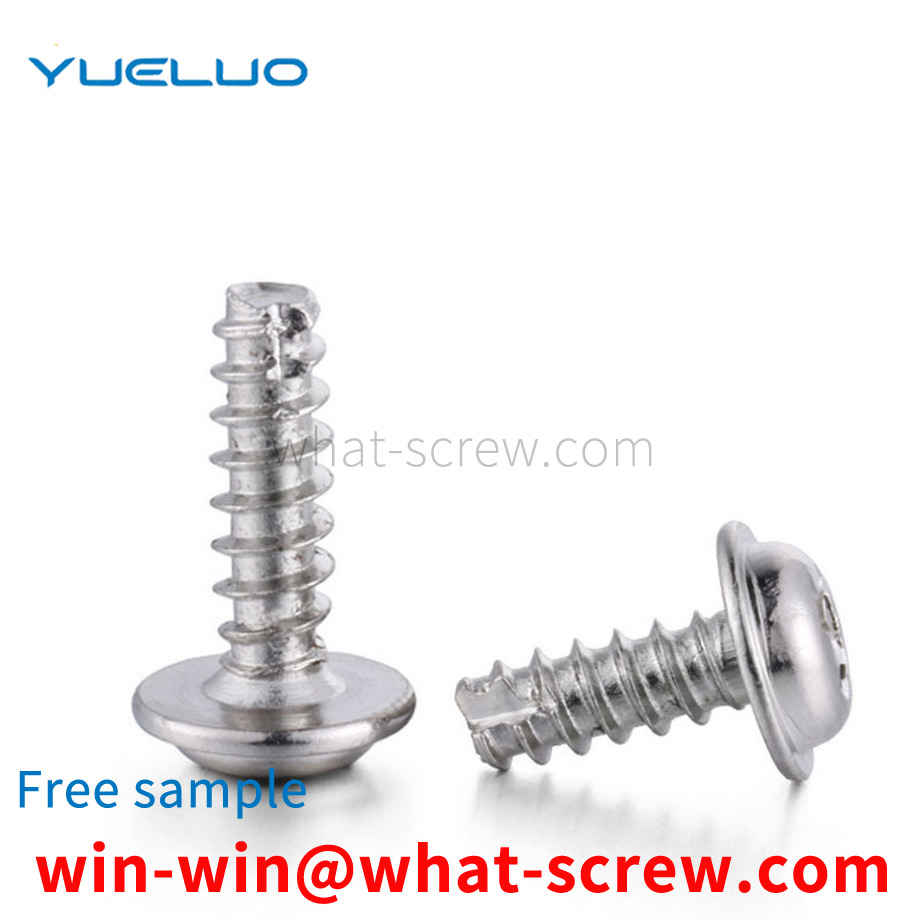
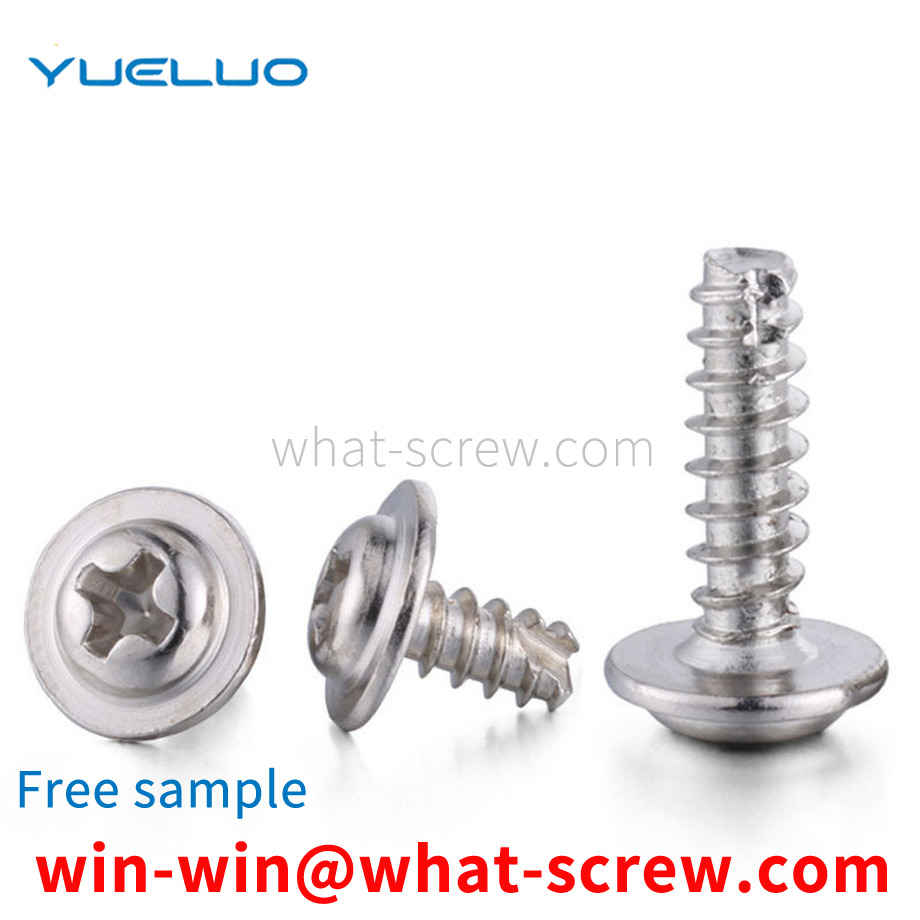
Standard parts are commonly used parts, which are widely used in various mechanical structures. Among them, the T-track bolt is a common standard part. The existing T-shaped track bolts, especially those used in high-speed railways, are often installed in pre-buried tracks, and the T-shaped track bolts are not easy to install, which may easily cause positional deviation.
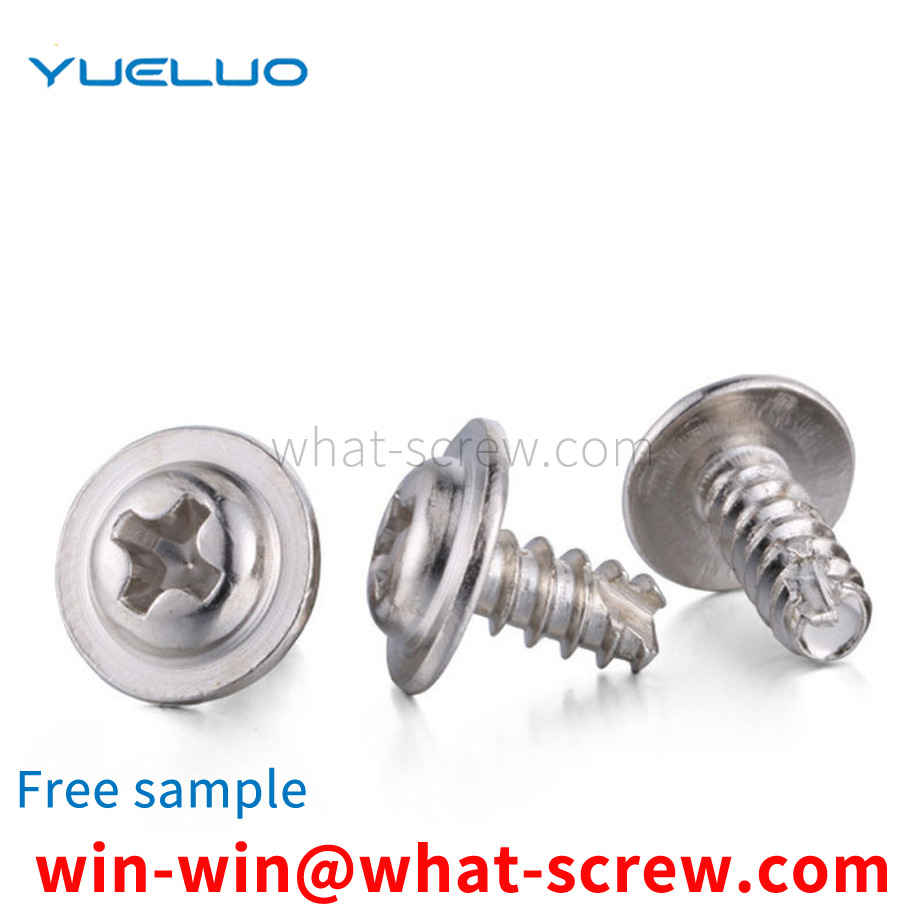
In the fastening connection parts and parts assembly of various equipment and tooling, if the screw and nut anti-loosening treatment is required, there is a contradiction between anti-loosening and tightening or tightening and loosening. For example, the resistance is large when tightening. , or the resistance is large when loosening, or the anti-loosening effect is not good, or the service life is short, and it will be scrapped after 2 to 3 times of use. In a word, all kinds of anti-loosening nuts have the above problems at present. Therefore, it is necessary to utilise a new type of anti-loosening nut with low resistance when tightening or loosening, but with better anti-loosening effect and long service life.
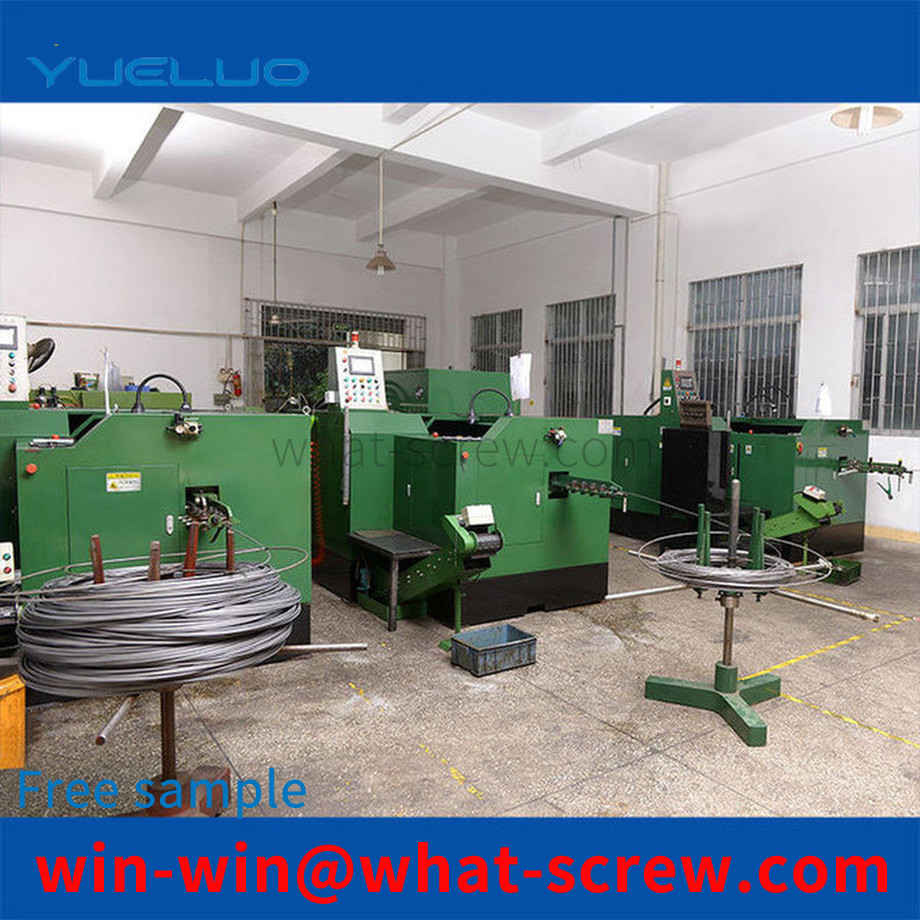
The above content is uploaded by Yueluo or the Internet. If there is any copyright issue, please contact [email protected].

What is the tolerance range of precision screws?

How to choose the right stainless steel screw manufacturer?

Why is there an R angle under the head of the hexagon head s...
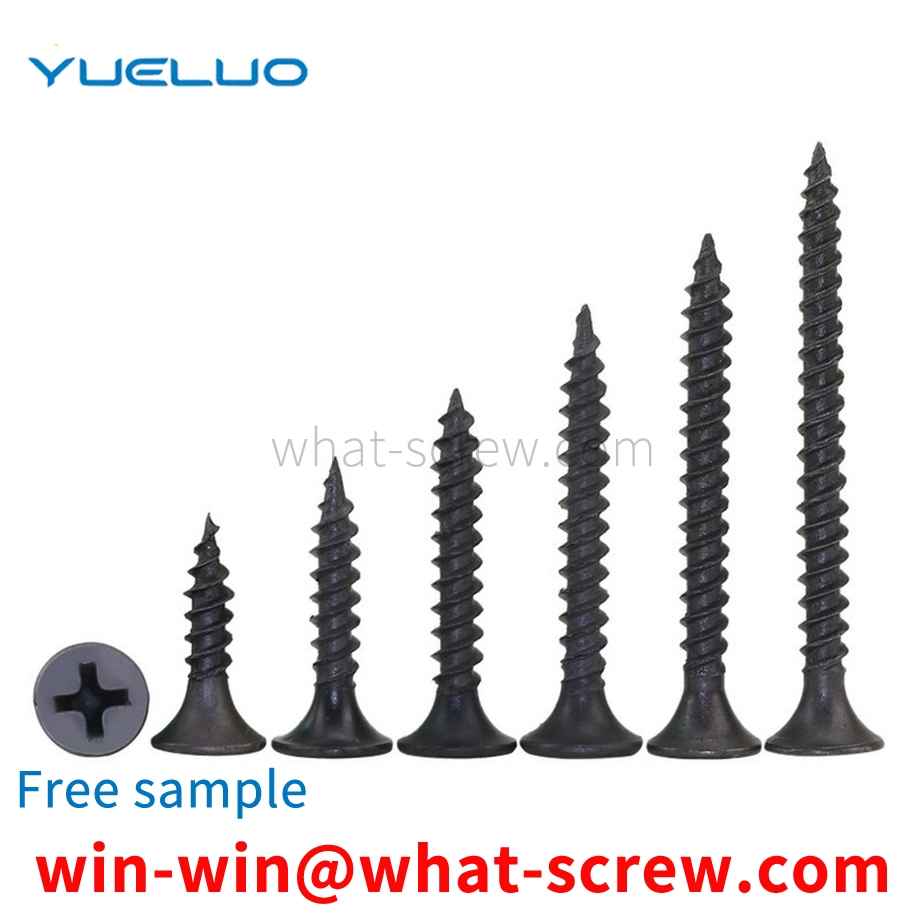
We have more than ten years of production experience in the ...
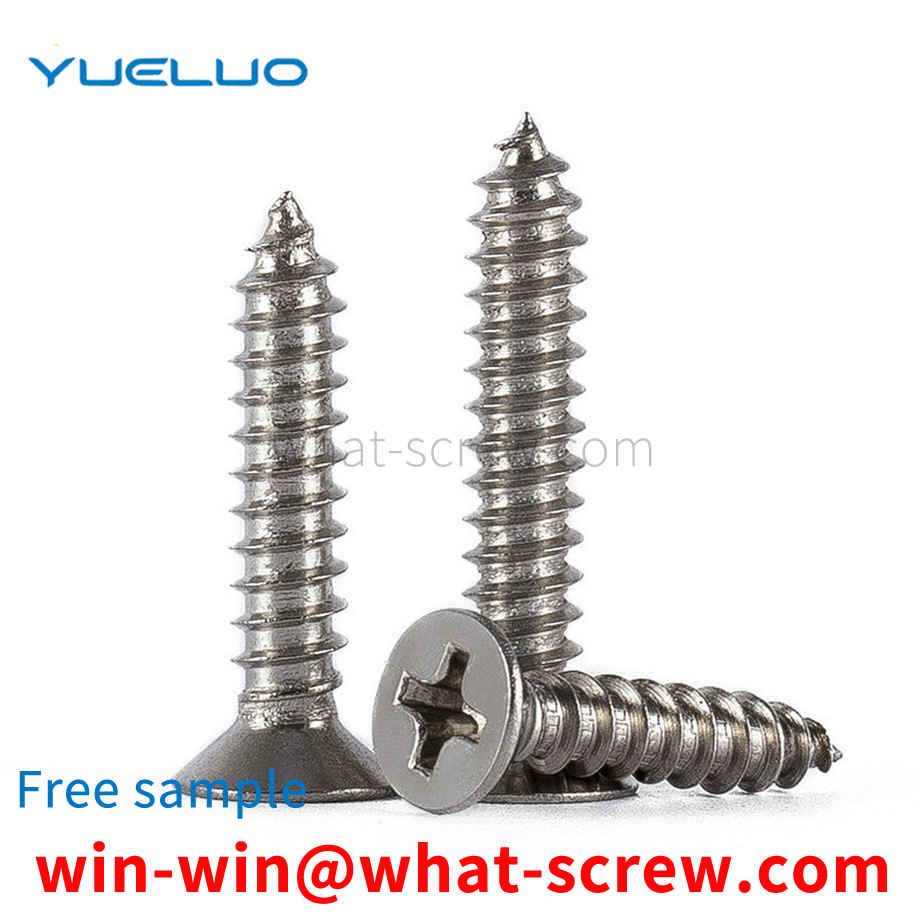
We have more than ten years of production experience in the ...

We have more than ten years of experience in screw industry ...

We have more than ten years of experience in screw industry ...